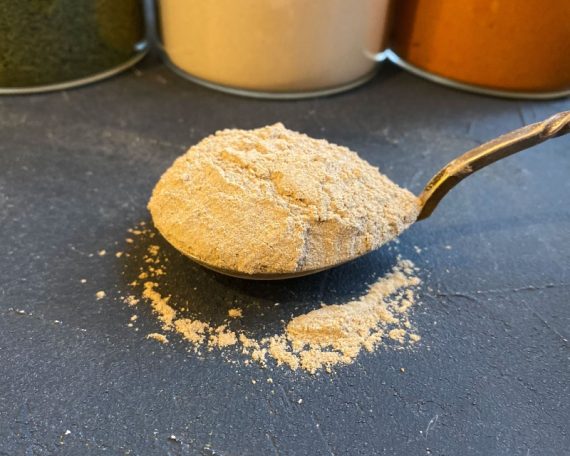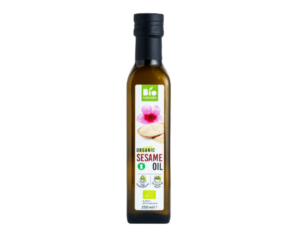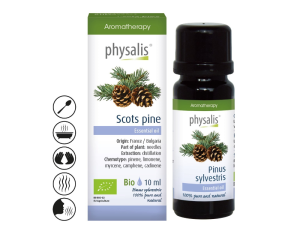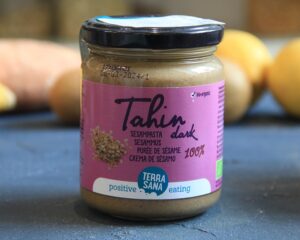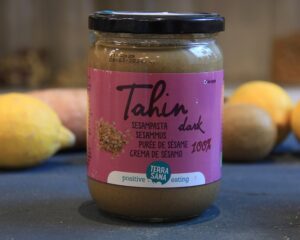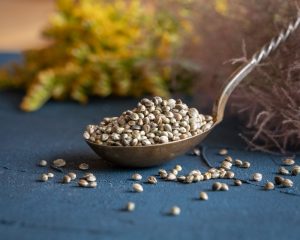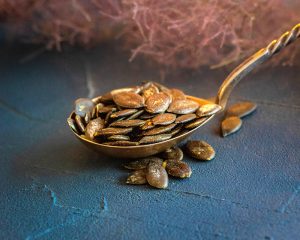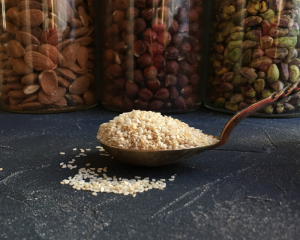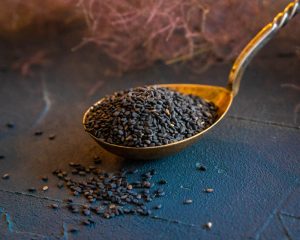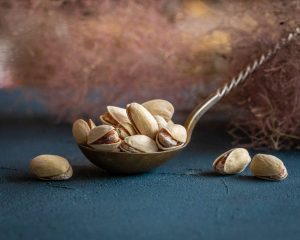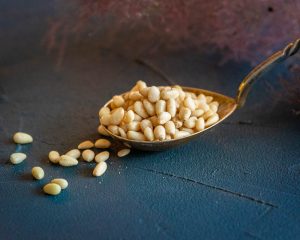Organic Indian Amla Leaf Fruit Powder
From 2.30€
Thousands of years before Nobel Prize-winning scientist Lainius Poling provided evidence of vitamin C’s healing powers, Ayurvedic physicians used Amla (often called Indian gooseberry) as a healing agent. Amla is one of nature’s most antioxidant-rich fruits. Many benefits and uses of Amla have been studied, including boosting immunity.
Amla(Phyllanthus emblica) belongs to the Euphorbiaceae family and ripens in autumn in the moist forests and hilly areas of the Indian subcontinent. The tree that bears this wonderful fruit is considered sacred in India, where Amla is often eaten with salt and chilli powder or used to make pickled snacks or candied Amla fruit. Although Amla is sour, when eaten raw it leaves a sweet aftertaste. Paradoxically, this sour fruit reduces stomach acidity and is often used in Ayurvedic medicine to treat stomach problems, ulcers, heartburn and acid reflux.
100 g of raw Amla contains 478 mg of vitamin C. In comparison, a lemon contains 77 mg of vitamin C per 100 g.
As a food rich in vitamin C, Amla supports the adrenal glands, which are used to produce cellular energy, and supports skin and blood vessel health. Amla has been used to relieve constipation and other stomach problems. It can also be useful in supporting liver and heart health.
Amla can also be an excellent anti-inflammatory, helping with joint pain and swelling. Unlike anti-inflammatory drugs, which tend to cause side effects, foods like Amla allow the body to work naturally through the process of healing and protecting inflammation. Amla is also traditionally used to reduce fever, strengthen the heart, control blood sugar, treat urinary tract infections and improve eyesight. It has even been used for stress relief and relaxation, in particular because of its now well-known benefits for the adrenal glands, which depend on vitamin C for their health and function. Amla can improve fertility, strengthen the lungs and nourish the immune system.
In addition, the fruit is considered exfoliating and astringent. With regular use, skin looks younger and firmer. It is often used to make hair shiny and healthy.
The medicinal properties of amla were originally attributed to its high vitamin C content. Research is now revealing that it is in fact a combination of all the active ingredients that treat disease, prevent disease and promote health.
The recommended daily dose is ¼ to ½ teaspoon with warm water, once or twice a day.
Important!
Amla is an adaptogenic herb that is generally considered safe. That said, there are some cases where it is best to be cautious.
There is some evidence to suggest that individuals with iron deficiency should be cautious as Amla can form chelates with iron, reducing the amount of useful iron in the blood.
Pregnant, lactating women or women taking medication are advised to consult a doctor before taking Amla. Keep out of the reach of young children!
Sources:
National Library of Medicine
EasyAyurveda
BanyanBotanicals
Researchgate
NOTE. The information provided here should not be interpreted as advice for treatment or other health problems. We encourage you to make decisions about your personal health by considering different sources of information.
100% Organic Indian Amla Leaf Fruit Powder
Energy value 1329 kJ/ 316 kcal
Fat 0,5 g
- of which saturates 0 g
Carbohydrates 64,5 g
- of which sugars 8,4 g
Fibre 27,0 g
Protein 0.4
Salt 0,3 g
*Values may vary due to fluctuations.
Store in a dry place away from direct sunlight.


